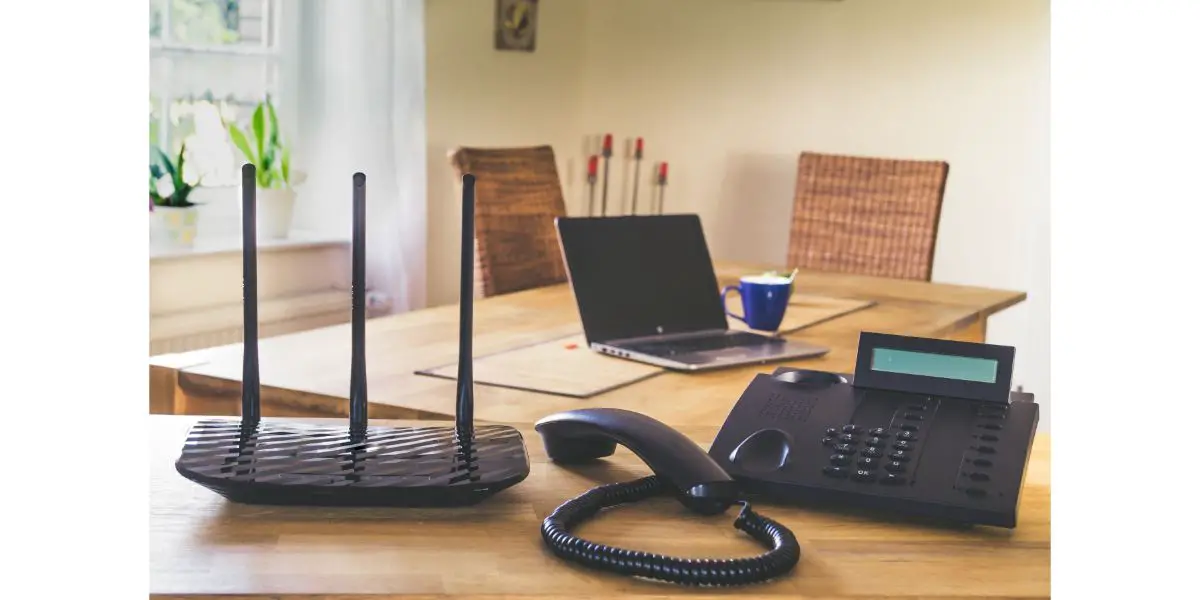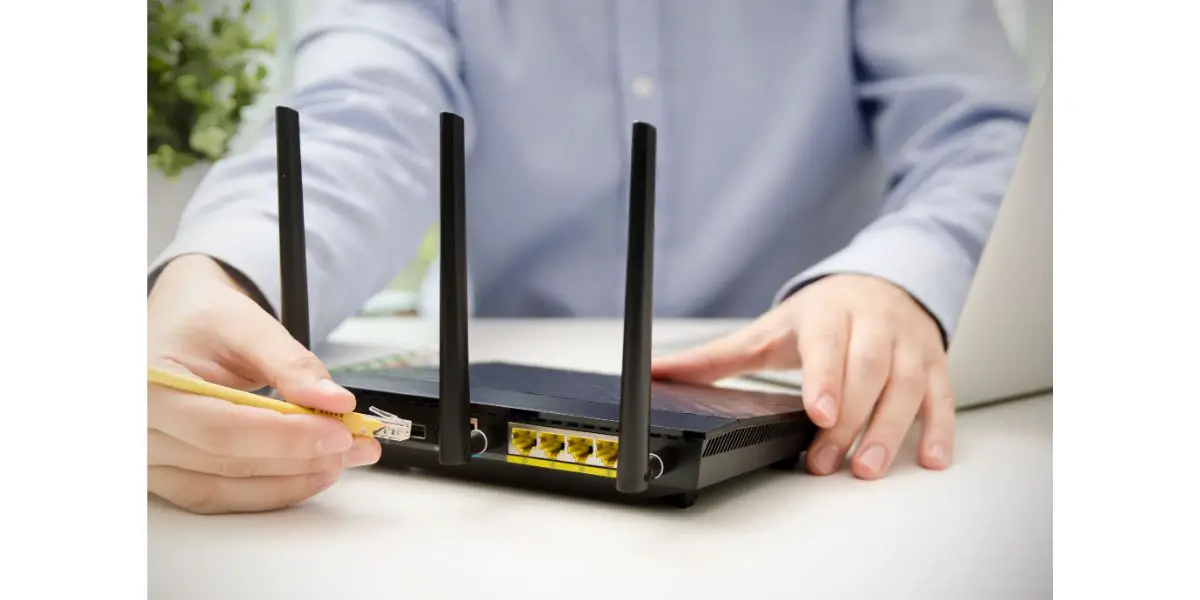Disclaimer: This post may contain affiliate links, meaning we get a small commission if you make a purchase through our links, at no cost to you. For more information, please visit our Disclaimer Page.
Many Internet Service providers recommend connecting the router to the master socket, for this is where the signal is strongest. But sometimes, you may find the master socket to be in an inconvenient location, and some homes don’t even have a master socket installed. Can you plug your router elsewhere in such a case?
Table of Contents
Can You Plug in a Router Anywhere?
You can move your router anywhere if you want better access or signal. However, it must remain connected to the master socket, as this is where the Internet connection enters your home.
You can use slave sockets to extend the connection if you want to set up your router away, but these sockets must remain connected to the master. The master socket is where the telephone lines enter the property first. As such, the Internet connection is usually strongest here.
Master sockets can be found in various parts of the house. However, you’re more likely to find them to the left or right of your front door, the attic, the basement, around your windows, or along the corridors.
These sockets have different types, but they’re all easily distinguishable as white rectangles with two screws attaching the faceplate to the wall and with ports for broadband and/or telephone lines.
Some properties don’t come with a master socket. If your unit or house doesn’t have one and you want a connection, it will be fitted with a master socket by your Internet Service Provider (ISP).
How To Install Broadband Away From Master Socket
There are many reasons to install broadband away from the master socket. These include:
- A faulty socket that can’t accommodate your Internet connection.
- Having only one port per socket, which is common in most properties, which leads to the phone and Internet line sharing the connection.
The first remedy would be to ask your technician for a master socket replacement.
But sometimes, this process is too tedious and may not suffice if you prefer the router farther from the socket and closer to your workspace.
Here’s how you install the broadband away from the master socket:
- Unscrew the face plate from your old master socket. This will expose the backplate where the signal enters first. Attach an extension line onto the backplate port. When getting an extension line, ensure it’s less than 50 meters (164 ft). Anything beyond 50 runs the risk of signal inconsistencies.
- Attach the extension line to a slave socket. Remember, you may have to set up junction boxes if you have multiple routers and want to set up the routers in different areas of the house.
- Place the slave socket near your router’s plug. Plug in your router’s cable to the slave socket and plug in the router’s power plug.
- Check to see the quality of the connection. If the connection is faulty or non-existent, check whether the cables are firmly connected.
Another way to extend WiFi coverage is through the use of repeaters. I talk more about repeaters and their distinction from routers here.
Choosing a Location for Your Router
Once you’ve set up your extensions, you can choose where to position the router. Alternatively, you can select the router location before setting up the extensions.
Both wired and wireless connections have properties that affect their ideal router positions. Picking a location for wired connections is easy since the device directly connected to the router won’t share the connection with any other device, as is the case for wireless connections.
But, with the number of devices households have these days, wireless has become more practical. However, a wireless connection’s signal can still be blocked from reaching devices by the many possible obstructions in your home. That’s why you need to be strategic with the router location.
Here are some tips for positioning your router for the best signal.
Make Sure It’s Near All Your Devices
You want the router at the centermost location of your house. Setting it up here helps it reach all devices in your home. In some homes, it’s nearly impossible to do this without moving appliances.
If positioning the router at the centermost spot in your house isn’t possible, place the router in the most easily accessible part. Having it against one of the walls is a great idea, as long as the router and its antenna aren’t facing into the wall.
Facing the router and its antenna on the wall will only block the connection. This isn’t a problem if your walls are wood, but it can make all the difference in homes with concrete walls.
Keep It Far From Other Routers
Another good thing about keeping your router in the centermost location is that it will prevent your router from being interfered with by your neighbor’s router/routers.
You may ask your neighbor where they are placing their router so that you can set yours as far away from theirs as possible.
Don’t Place It in the Kitchen
The kitchen is almost always the area of the house with the highest concentration of metal. Metals can obstruct your WiFi signal. Your utensils, pots, pans, and even culinary appliances are possible obstructions.
You must alsoconsider the microwave, which operates at almost the same frequency (2.4 GHz) as your modem and/or router. Microwaves are radiation-producing appliances, and your connection will definitely be compromised whenever they’re running.
Don’t Place It in High-Traffic Rooms
Sadly, humans are WiFi obstructors too. When you place the router in a room that’s always crowded, you’ll likely experience frequent signal interference.
It’s not just the human bodies that interfere with the WiFi signal. You also need to consider the devices people might be using.
For illustration, let’s assume you’re working in the room farthest from the router, and people are gathered near it. You’ll most likely be getting a bad connection since the signal has already been eaten up by other people’s devices by the time it reaches you.
Other possible WiFi blockers you need to keep in mind when positioning your router include:
- Radios and baby monitors
- Bluetooth-reliant devices
- Aquariums
- TVs, PCs, and other common electronic devices
Conclusion
Through the use of slave sockets, you can ensure convenient access to your router without compromising Internet connectivity. Follow the tips in this article to ensure seamless access to the Internet.


